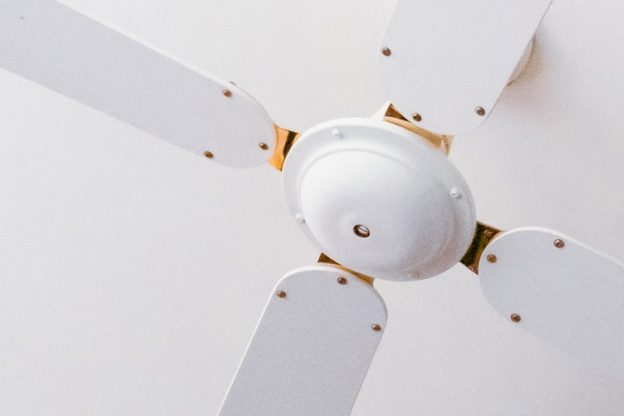Radon mitigation is the process of reducing radon in your home. It is highly recommended to mitigate the said gas because radon exposure can increase your risk of lung cancer. There are several ways to reduce radon, such as using DIY techniques and hiring a licensed radon contractor to install a radon mitigation system in your house. But since hiring a radon contractor could be pretty expensive for those on a tight budget, some prefer adding ceiling fans. The question is, do ceiling fans reduce radon?
Radon Mitigation: Do Ceiling Fans Reduce Radon?
Probably some of you wonder how ceiling fans work. Using fans can be referred to as forced ventilation. If you use big fans, you can replace the radon-laden indoor air with outdoor air. Not only that, but it can also neutralize pressure and maintain the desired air exchange rate independent of weather conditions.
How much does forced ventilation cost?
The cost of using fans for radon mitigation depends on several factors. Some of the factors that can affect the price include elaborate heating, ventilation, and air conditioning (HVAC) systems. If you use any of these, the cost can range from $25 to $1,000. It is essential to understand that the additional cost of electricity for forced-air systems may vary depending on the following:
- size of the fans
- number of fans used
- amount of use
Take note that using fans throughout cold weather will significantly increase your heating costs. Therefore, your annual house heating bill could grow three times greater than normal. Suppose you have an air conditioner running in hot weather; your cooling costs will be higher.
Who should use fans for radon mitigation?
It would be best for those living in “tight” houses (homes with low air exchange rates) to use fans because they will benefit more from ventilation. For a typical house, you might need a 500 to 1,000 cfm (cubic feet per minute) fan to achieve a 90-percent reduction of radon. Like natural ventilation, using fans can be employed in most houses. However, the trade-off in decreased comfort and excessive heating and cooling costs may prove unacceptable.
As mentioned earlier, you have different options for radon mitigation. But it is essential to identify the pros and cons of each method before you choose one. Remember, there could be some cheaper options for radon reduction techniques, but they might not be ideal for your home. So if you want to ensure that our home is radon-free, ask for some advice from a professional radon contractor to know which method is best for your home. Do ceiling fans reduce radon? Yes, it can help in radon mitigation. But is it ideal for your home? If yes, then you may consider adding fans to your home.



